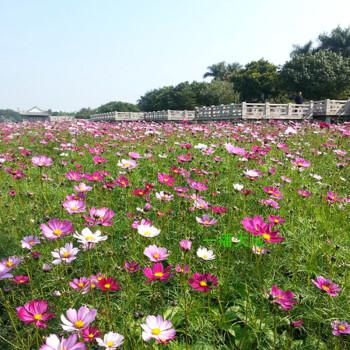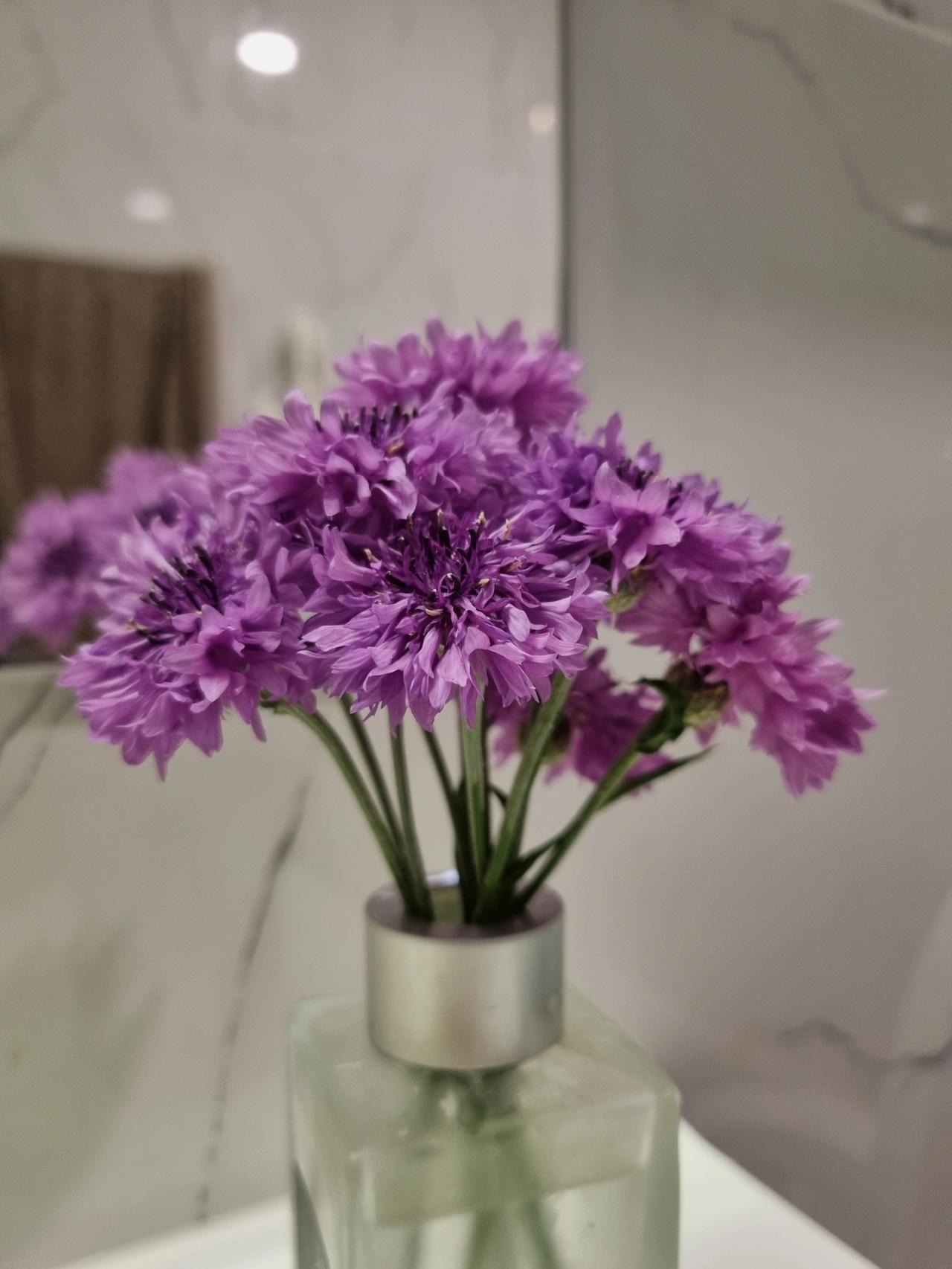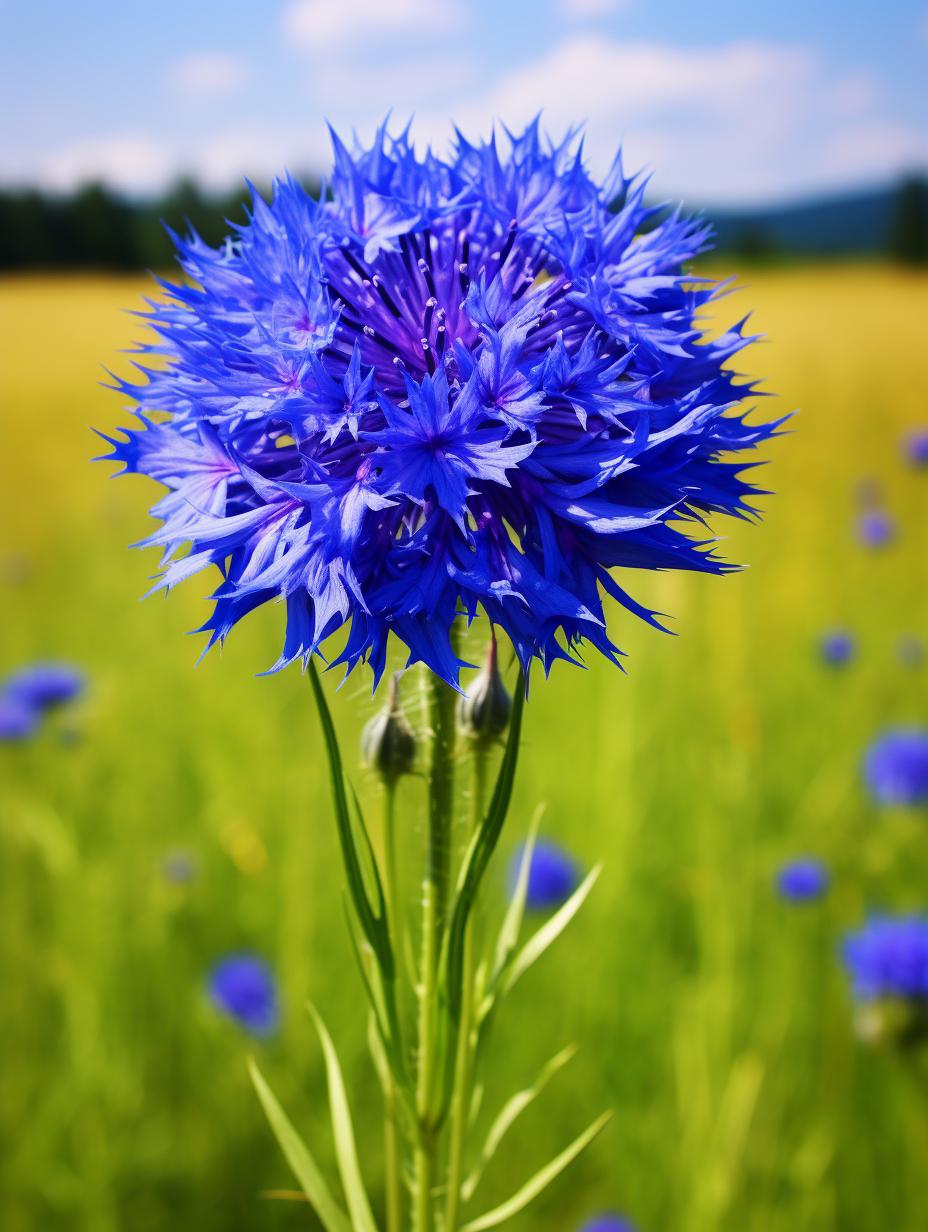Tillandsia, also known as “air plants,” encompass fascinating tales. These unique plants belong to the bromeliad family, hailing from the Americas. With their ability to survive without soil, Tillandsia captivates hearts globally. Legends whisper that ancient civilizations believed Tillandsia possessed mystical properties, bringing good luck and warding off evil spirits. Additionally, these remarkable plants have inspired creative minds, finding their way into art, literature, and even modern design. Tillandsia’s captivating story stands as a reminder of nature’s versatility and beauty within its simplicity.
Picture
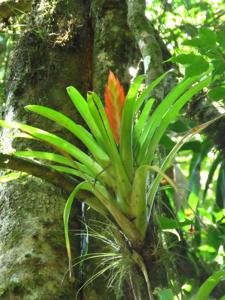
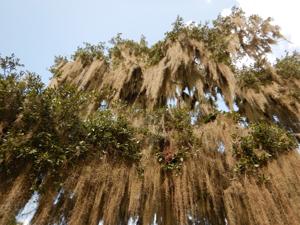
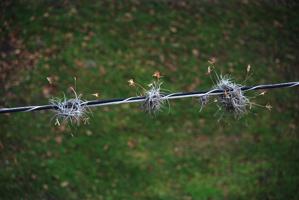
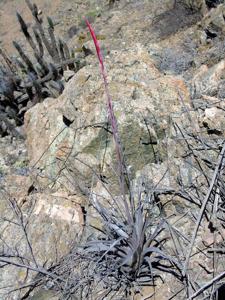
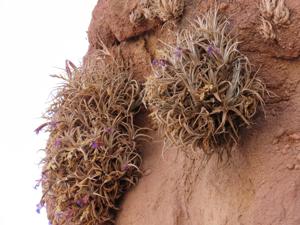

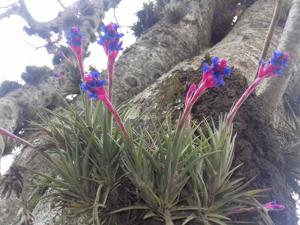
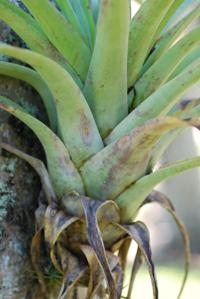
Plant some seeds now!
Short Description
Tillandsia is a genus of around 650 species of evergreen, perennial flowering plants in the family Bromeliaceae, native to the forests, mountains and deserts of the Neotropics, from northern Mexico and the southeastern United States to Mesoamerica and the Caribbean to central Argentina. Their leaves, more or less silvery in color, are covered with specialized cells (trichomes) capable of rapidly absorbing water that gathers on them.
They are also commonly known as air plants because they obtain nutrients and water from the air, not needing soil for nourishment. They have a natural propensity to cling to whatever surfaces are readily available: telephone wires, tree branches, bark, bare rocks, etc. Their light seeds and a silky parachute facilitate their spread. Most Tillandsia species are epiphytes – which translates to ‘upon a plant’. Some are aerophytes, which have a minimal root system and grow on shifting desert soil. Due to their epiphytic way of life, these plants will not grow in soil but live on the branches of trees, in deserts and on other substrates that will not be saturated with water for very long.
Description
Tillandsia stricta
Tillandsia are perennial herbaceous plants which exhibit a multitude of physiological and morphological differences making this a diverse genus. Having native habitats that vary from being epiphytic and saxicolous, species have certain adaptations, such as root systems designed to anchor to other plants or substrates, and modified trichomes for water and nutrient intake. Some of the species, like the majority of Bromeliaceae, grow as funnel bromeliads, with a compressed stem axis. The leaves are then close together in rosettes, and cover the lower areas of the leaves, forming a funnel for collecting water.
These leaf rosettes, a common physical characteristic in Tillandsia species, collect nutrients and water. The flowers typically involve bright, vibrant colors, with blooms or inflorescences produced on a stalk or several stalks. The flower’s color varies greatly; red, yellow, purple and pink flowers exist in this genus, and multicolored flowers are known. The bright colors attract pollinators. An air plant’s foliage may also change color when it blooms, also attracting pollinators. The hermaphrodite flowers are threefold with double perianth. The three free sepals are symmetrical and pointed. The seeds have a “parachute” similar to the dandelion.
Cultivation
Bathing Tillandsia
Tillandsia argentea
Tillandsias, like other bromeliads, can multiply through pollination and seed formation. Since Tillandsia are not self-fertile, the pollen must come from another plant of the same species. Tillandsia, depending on the species, may take months or years to flower. After flowering, the plant forms offsets and dies.
Generally, the thinner-leafed varieties grow in rainy areas and the thick-leafed varieties in areas more subject to drought. Most species absorb moisture and nutrients through the leaves from rain, dew, dust, decaying leaves and insect matter, aided by structures called trichomes. Air plants are growing rapidly in popularity as a low maintenance household plant. Due to their minimal root system and other adaptations, they generally do not require frequent watering, no more than four times a week, allowing the plant to completely dry before watering again.
The amount of light required depends on the species; overall, air plants with silver dusting and stiff foliage will require more sunlight than air plants with softer foliage. They generally need a strong light. In summer outside, however, they prefer the light shade of a tree at the hottest hours. Plants are commonly seen mounted, placed in a terrarium, or simply placed in seashells as decorative pieces. For so-called “aerial” species (the majority of the common species in culture except Tillandsia cyanea), that is to say those whose roots are transformed into crampons without any power of absorption, watering is done by the leaves in the form of frequent sprays, or brief soaking of the plant in a container full of water. Non-calcareous water is recommended.
As of 2023[update] there are 34 cultivars of bromeliad registered by Bromeliad Society International, from T. Bacchus to T. Yabba.

